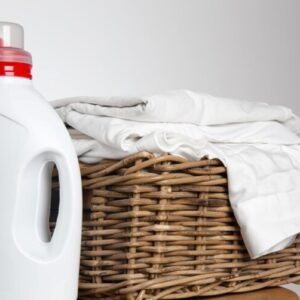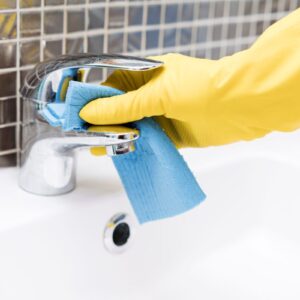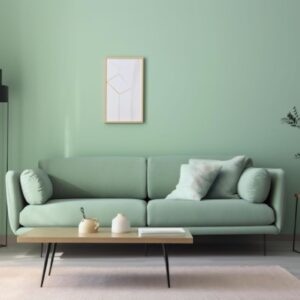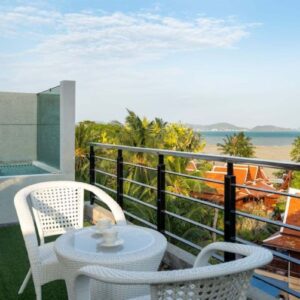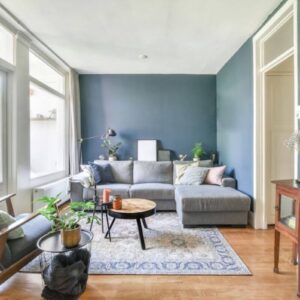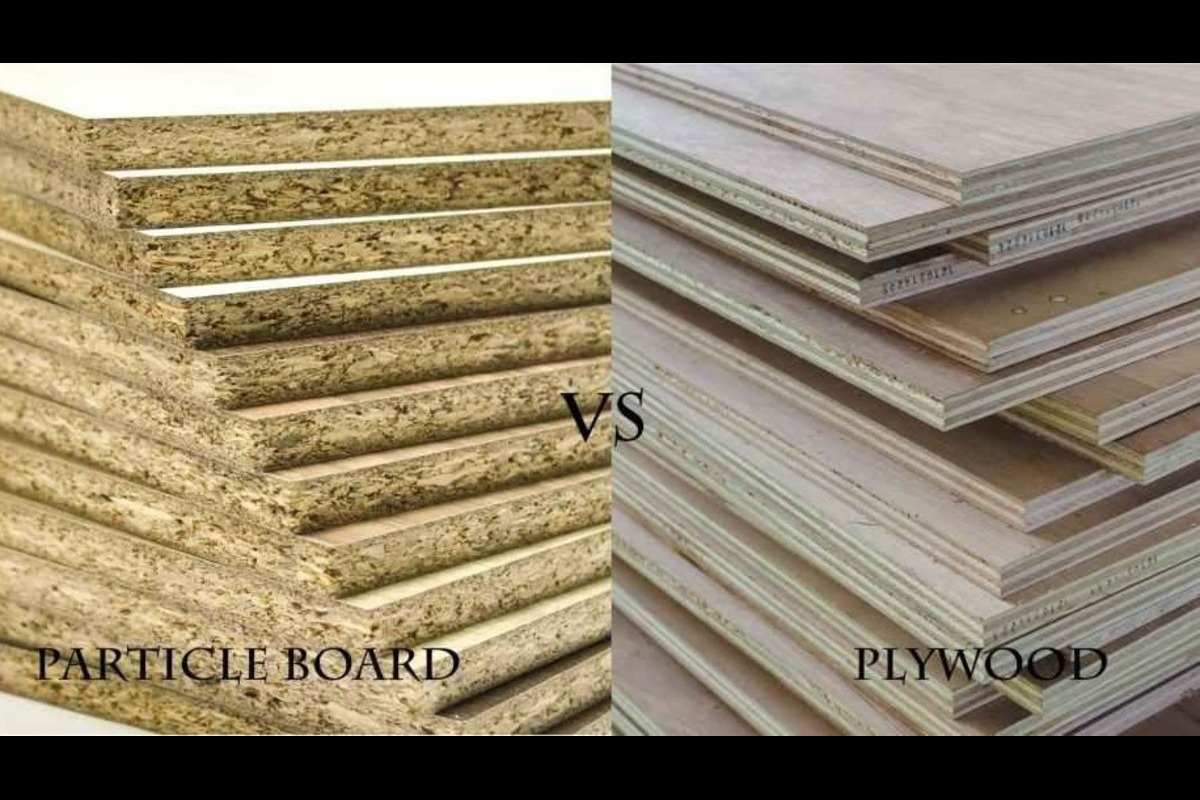
All interior designers, furniture designers and home décor experts learn about the basic as well as the advanced differences between plywood and Practical broad, these two are key materials used in furniture construction.
People often compare Plywood and Particle board to find which one is more strong and more durable for making furniture. Since furniture is paramount and plays a crucial role in home interiors, many homeowners prefer to build custom-made rather than buying ready-made pieces. Bespoke furniture allows the buyers to choose the size, shape, and color they want.
From buying furniture from the shop, it is not just about the look and feel, but also thinking about the material it is made from, such as plywood and particle board. Many people prefer to install materials made from substances to ensure strength and durability, plywood and particle board are majorly preferred by buyers.
Let’s discuss the differences, durability, strength, and pros and cons of particle board and plywood to make it easy for buyers to make decisions.
Some Major Differences Between Plywood And Particle:
| Feature | Plywood | Particle Board |
| Strength |
High strength due to cross-grain Construction |
Generally less strong |
| Composition | Made from a layer of thin wood veneer | Made from wood particles, flakes, or chips |
| Pricing | Expensive | Affordable |
| Finishing | Varies; can be smoother than particle broad and has visible wood grain | Smooth and uniform surface |
| Environment | Made out of fresh timber, so trees need to be cut | Made from leftover timber, so considered environmentally friendly. |
| Application | Used in construction, cabinets, and furniture. | Commonly used to make furniture, cabinets, and shelves |
| Weight | Heavier | Lighter, making it easy to handle |
What is Plywood And Particle Board?
Particle Board:
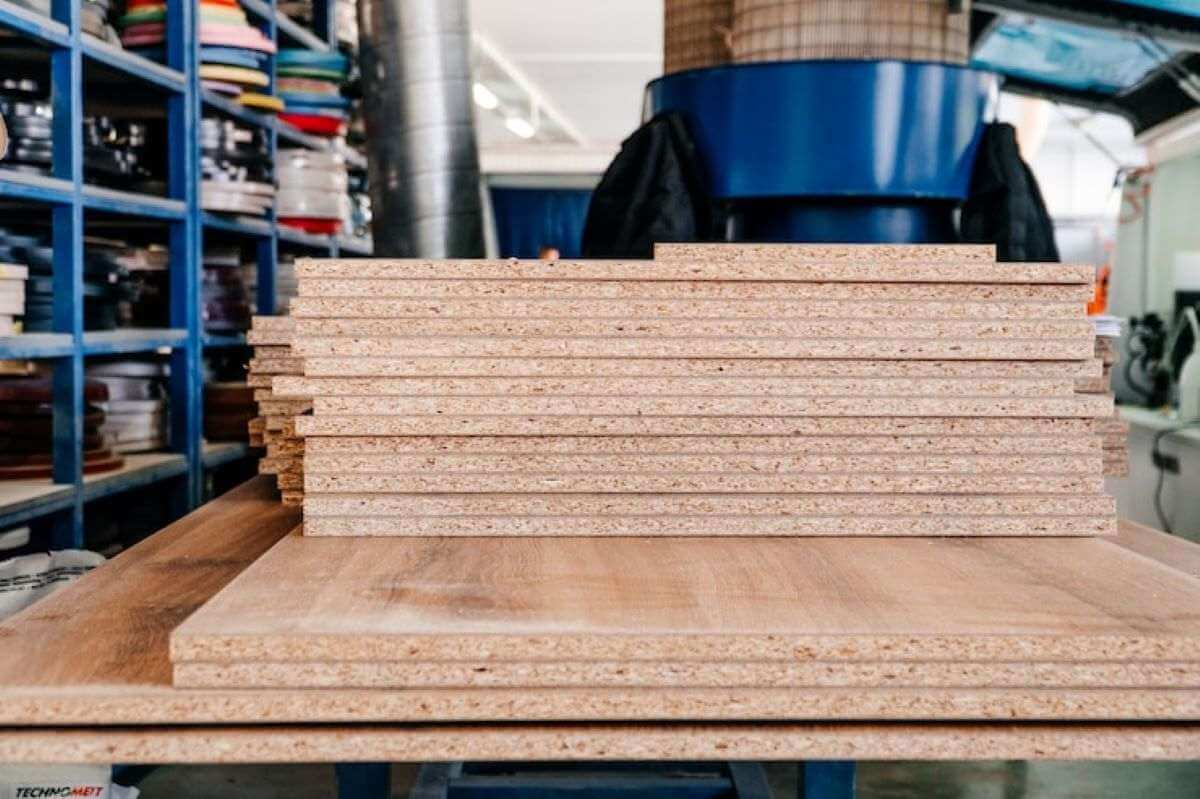
Particle board, also known as chipboard made from a mixture of sawdust and adhesives. Its tendency to swell when mixed with water makes it a popular material for furniture production. Particles are more environmentally friendly than plywood.
Plywood:
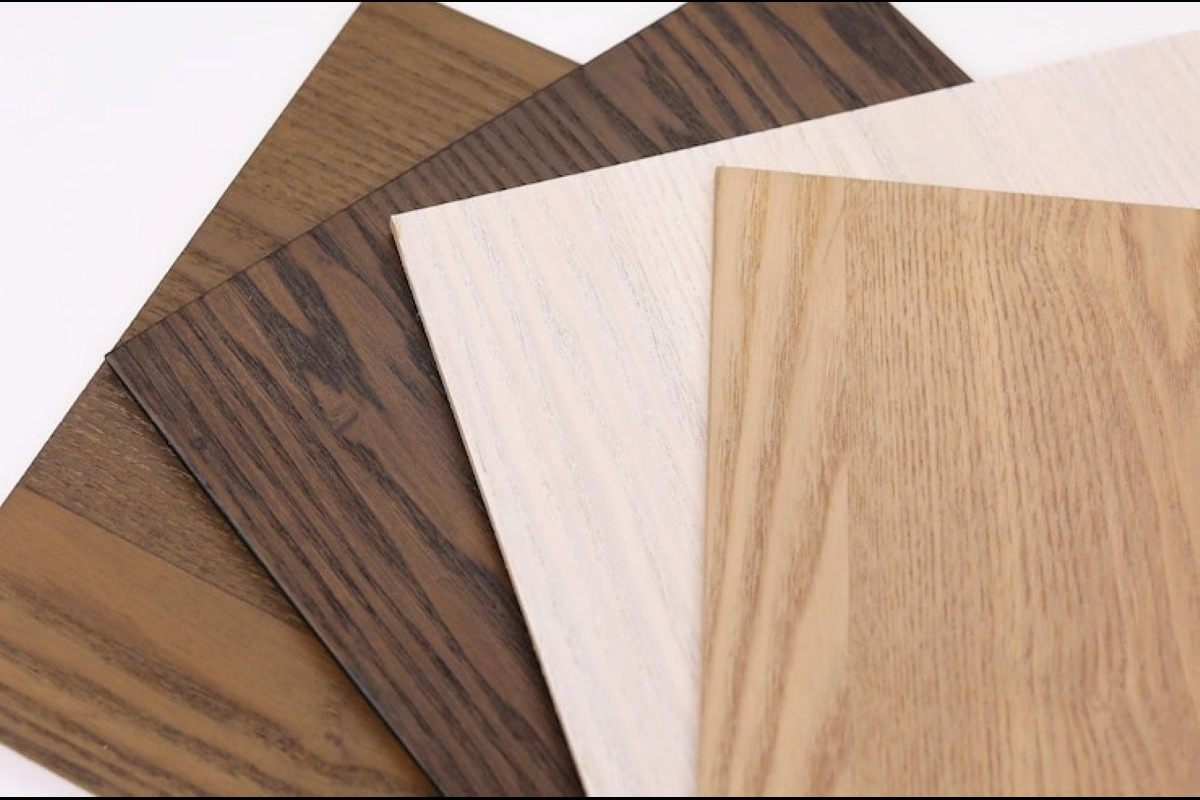
Plywood is renowned for its strength and durability. It is made from piles of veneer which is why considered an expensive material to implement. Plywood is known for its sturdy construction and is used in all furniture, from sofas to wardrobes. Both materials are categorized as engineered wood materials.
The Manufacturing Process: Plywood vs Particle Board:
The manufacturing process of both materials is quite unique. Manufacturers create particle board and plywood from various wood species like mango, poplar, and teak. They cut the wood, dry it to strengthen it, add adhesive, and then press it into sheets for further processing. They mix, compress, and shape the particle board. On the other hand, plywood is layered, glued, pressed then heated during manufacturing.
What Is Easier To Maintain: Particle Board Or Plywood
Plywood is renowned as strong and sturdy, ensuring no damage to making it durable when using hammers and screws for furniture assembly, whereas particle board’s smooth texture and fragileness require more care when handling. Plywood is also lighter in weight and therefore suitable for making movable furniture like wardrobes, as it can support the weight and is easy to move. On the other hand, particle board’s weight, weakness, and susceptibility to damage increase when attaching wheels to furniture pieces like wardrobes.
In terms of durability and upkeep, plywood is more resistant to moisture, compared to particle board, which can swell when exposed to water. If you’re looking for waterproof plywood, you can opt for marine plywood to ensure furniture remains unaffected by moisture. Therefore, home interior designers commonly choose plywood over particle board because it is easier to handle.
Which Material Is Better For Your Furniture- Particle Board or Plywood?
Particle board is cost-effective and user-friendly, making it an excellent choice for DIY projects. Particle board is famous for its feature of affordability and smooth texture best for use in furniture. In comparison with plywood, however, it isn’t as strong and durable, nor is it as water-resistant. Alternatively, plywood offers more strength and is a bit more expensive, but is more moisture and termite-resistant.
Particle Board vs Plywood: Pros and Cons:
Pros of Plywood:
Plywood, a durable engineered wood, can withstand the pressure of screwdrivers and hammers, making it ideal for furniture making. As it is lightweight and unaffected by moisture, it is easy to maintain.
Cons of Plywood:
Plywood is quite expensive many people can’t afford this cost. It is double the cost of particles, which makes it an expensive substance used to craft furniture. Additionally, plywood is made from wood grain which gives it a rough look, that does not look good with paint and often needs to be covered with particle board.
Pros of Particle:
The Particle is a cheap and budget-friendly substance used in making many pieces of furniture, which involves shelves, cabinets, and many more. It gives a smooth texture making it look appealing and shining with or without paint. It is perfect for DIY home décor and covering plywood.
Cons of Particle:
The Particles are heavy so difficult to handle during manufacturing and use while making furniture. Furthermore, it is not resistant to moisture or durable to use for making long-term staff.
What Factors Affect The Price Of Particle Board and Plywood?
The cost of Particle and plywood depends on various factors, including the type of wood, the manufacturing process, the brand, and some other features that influence the cost.
| Parameter | Plywood | Particle Board |
| Quality | Higher | Lower |
| Finishing | Rough in texture, the type and complexity of the finish cost | Smooth |
| Thickness | Thinner: Lower, thicker: higher | Thinner: Lower, thicker: higher |
| Manufacturing cost | Expensive higher cost | Budget-friendly |
| Raw material cost | Higher | Lower |
Conclusion:
Both plywood and Particle board play crucial in constructing home furniture. Just ensure you mix both wherever required, such as particle board for decorative furniture and plywood for items that require strength and durability. At Homelane, we incorporate these wood varieties for furniture design. Both materials are worthy to consider for crafting furniture and other staff used in construction.
Frequently Asked Questions:
Q1. Which is expensive, plywood and board?
Ans: Plywood earns renown as an expensive product used in crafting furniture. The reason for the high cost is its manufacturing process and quality, which describe why it is costly as compared to particle board
Q2.Which is better plywood or Particle board?
Ans: Plywood offers high resistance to moisture and other factors. But the Particle is affordable making it easy for buyers to choose, it has a smooth texture and is environmentally friendly too.
Q3. Is Particle board waterproof?
Ans: Particles offer less resistance to environmental conditions, so experts do not recommend using them outdoors or exposing them to moisture because of their low moisture resistance.


